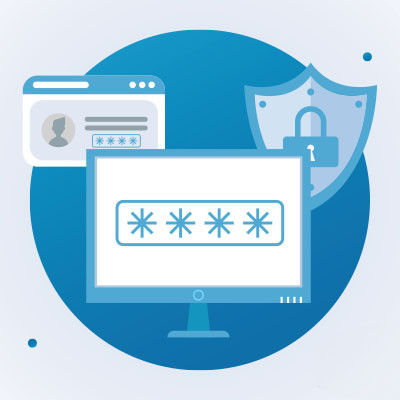Global Tech Solutions Blog
Downtime is easily one of the most prolific reasons small businesses take in less money than they otherwise could, making it an existential threat to many if a certain threshold is met. Making a bad situation worse, there is no shortage of reasons a business may experience downtime. Let’s examine some of these causes to better understand how to minimize this universal issue.
SMBs need to be sensitive to their profit margins, as their ability to offer valuable services and products is directly tied to how many resources they have at their disposal. Therefore, you need to do all you can to save money where it counts—including your IT budget. It makes the most sense to take care of your existing IT infrastructure so you don't have to throw away resources needlessly.
When your employees struggle with their technology, who do they turn to? Do you have anyone at your business who is, without a doubt, the go-to IT resource who can help them address simple issues like changing a password or fixing a problem with their workstation? There is a name for this kind of support: the help desk. Let’s discuss why your business needs one and why it might be in your best interest to outsource this responsibility.
We work with quite a few businesses, but one is a lot more remote than the rest of them. We wanted to share a story that one of our more discreet client organizations told us after we helped them resolve a particular challenge. Don’t worry, we asked, and sharing this won’t land us on the naughty list.
Businesses that struggle with managing technology have a lot to gain by working with a managed service provider, or MSP. These providers are able to help businesses just like yours maintain and improve operations through the use of technology management tools and services. Here are three of the greatest benefits that working with an MSP can provide for businesses just like yours.
Cybersecurity has become a paramount concern for individuals and organizations alike. With the constant threat of cyberattacks and data breaches, it is crucial to have robust security measures in place. This is where cybersecurity consulting comes into play. Below, we will explore the various ways in which consulting services contribute to enhancing cybersecurity.
If your business works with many different vendors, then you know that your vendor management strategy can very much take on a life of its own and spiral out of control. The more time you spend working with vendors, the more time you’re not spending on the actual tasks associated with your job responsibilities. This means that you’re leaving a lot of wasted productivity and time on the table. We’re here to help you get the most out of managing your vendor relationships, as well as one secret that can help you get the most out of them.
Even the most technology-literate of your average employees is not going to have the knowledge needed to manage and maintain your entire business infrastructure, and you shouldn’t expect them to, either. It takes a special kind of attention and training to manage complicated enterprise-level technology, but how can you make sure your business has access to these important resources?
There is an inherent value associated with outsourcing the management of your technology to a managed service provider, or MSP. With your team taking a more hands-off approach to technology, they can instead focus on being more productive. If you’re still on the fence about this approach to technology and business, then we have some questions you should consider asking if you are thinking about learning more about MSPs and what they do.
Let me ask you a question: if you had a toilet that needed repairing, would you rather trust a plumber with a few decades of experience or a toddler that had just (mostly) learned how to use the toilet?
That’s what we thought… but when it comes to your business’ technology, finding someone with experience can be a bit more challenging. Let’s discuss the way that the right IT management produces improved business outcomes.
Hacking attacks can be stressful to manage, but when you add in that they can strike when you least expect them to, it gets a lot worse. You’ll never know how you respond to such an event unless you simulate it and replicate it somehow. This is what the penetration test is used for; it provides your business with a way to prepare for cyberattacks.
Data security isn’t the easiest thing in the world to plan for, especially if your organization doesn’t have any dedicated security professionals on-hand. While protecting your data with traditional methods, like passwords, firewalls, and antivirus, is important, what measures are you taking to make sure a thief isn’t just walking into your office and making off with your technology?
How does your business manage its IT resources? Do you have a chief information officer, or CIO, in-house who manages everything related to your technology? If not, who is the one responsible for managing and maintaining your systems? If you don’t know the answer to this question, we have a reality check for you: you need to.
You should never settle for less than the best, especially with your business’ technology solutions. Unfortunately, this part of any company’s operations can be so stressful to manage that people often push IT maintenance to the wayside. So, if your company is not performing maintenance on its technology, how can it remain functional? It’s all about finding someone with the right skill set to manage your technology, something that is easier said than done.
Every business has vendors and most of them take up more time than they probably should. Some of the relationships are pragmatic and fulfilling, but many take up too much time and effort and tend to distract decision makers from focusing on what is truly important within the business. As far as technology goes, depending on your company, you may have a dozen or more vendors contacting you sometimes a couple of times a month looking for you to expand your investment with their companies. Let’s talk about how vendor management can help your business.





















